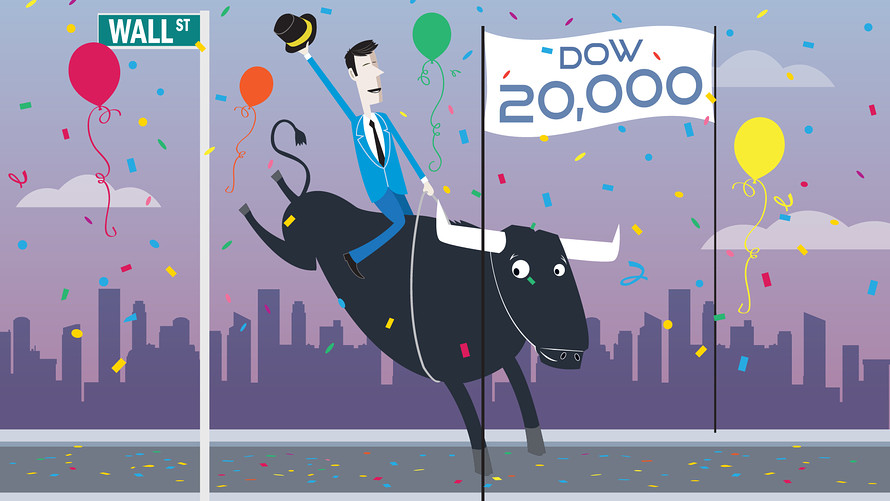Currently I’m up to four wedding invites this year. I’m extremely happy and excited for my friends taking the next big step, and I figured it would also be a great opportunity to discuss the cost of attending weddings. Recently I moved across the country, which makes weddings difficult and expensive to attend when they are held on the other side of the country. Here are the areas that I will be spending the most on as well as how I plan on budgeting to attend.
1) Flights ($400)
I fully expect this to be the most expensive part of attending weddings. Personally, I’m expecting to spend at least $400 per cross-country trip. While this portion of attending weddings is the most expensive, it also has the highest potential for savings. Finding cheaper flights is a huge victory in planning to attend a wedding. Although, if you’re lucky enough to live close to where the wedding will be held, that cost can be avoided.
2) Hotels ($100 a night)
While this cost is hugely dependent on the area, I would estimate at least $100 a night for a hotel. While this cost can add up quickly, a few options to save on cost are to split the cost of a room with other attendees. Or to stay with nearby friends that you haven’t seen in a while.
3) Clothes ($250)
If you are part of the wedding party there will be the additional cost of either purchasing or renting clothes. For the weddings I’m in, I had to purchase a new suit. This cost me $250 for the suit and tailoring. Based on input from my sister, who is also attending multiple weddings this year, women can expect to spend double this to purchase a dress. For the two other weddings, I can use clothes that I currently have, saving on expenses.
4) Car Rental ($100)
Again, traveling across the country hurts as I will need to have transportation. I’m estimating that a rental car for 2-3 days will cost approximately $100. Other methods I am evaluating to cut down on cost are carpooling with others coming into town, or taking ubers.
5) Gifts ($100)
Attending a wedding comes with the tradition of having a gift to help out the newlyweds start out. I’m estimating that a gift will be anywhere between $50 and $125. Possibly more if you’re really close with those getting married. This is an area where I would recommend not going cheap. However, a good way to save money if you wish to would be giving a gift that has personal meaning to your friend and yourself.
6) Miscellaneous/food/drinks ($100)
I added this cost as a buffer. Expect hidden costs along the way that we forgot to plan. Whether it be getting food at the airport, going to the bar with friends you haven’t seen in a while, or toiletries that you forgot, it’s a good idea to plan for unexpected costs. Anything you don’t spend from this reserve is bonus.
Total:
Flights: $400 X 4 =$1600
Hotels: $200 X 3 =$600 (one wedding in my home town)
Clothes: $250 X 2 =$500
Car Rental: $100 X 3 =$300
Gifts: $100 X 4 =$400
Misc: $100 X 4 =$400
Total $3,800 ($950 per wedding)
Based on my current expenses for attending so many weddings my plan is cost avoidance. AKA find the cheapest flights possible, split rooms with friends/stay with family, car pool with other people attending the wedding. Of course, another option is to plan on not attending a wedding.
What are your thoughts on attending weddings and how do you try to save for attending? Leave us a comment below.




